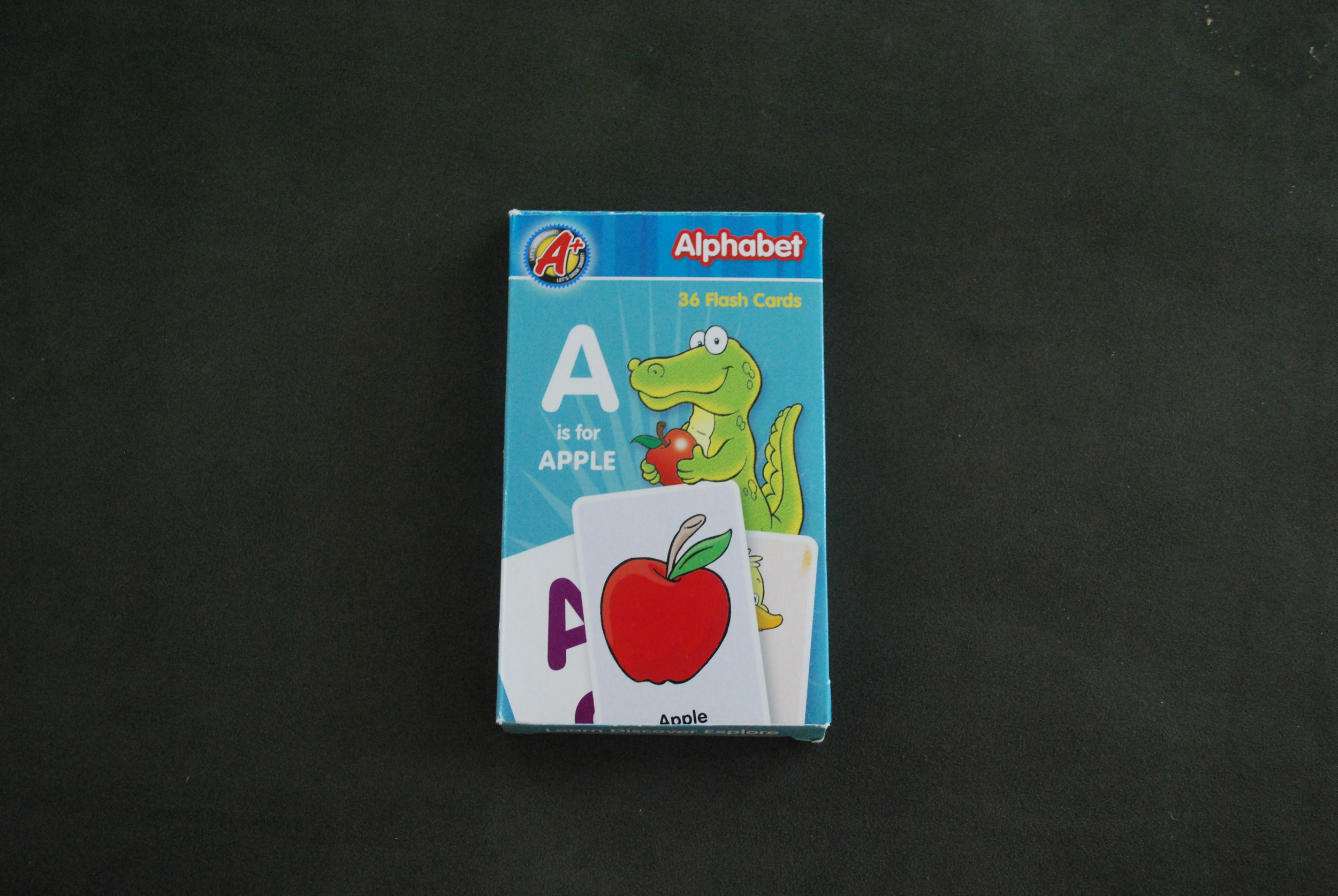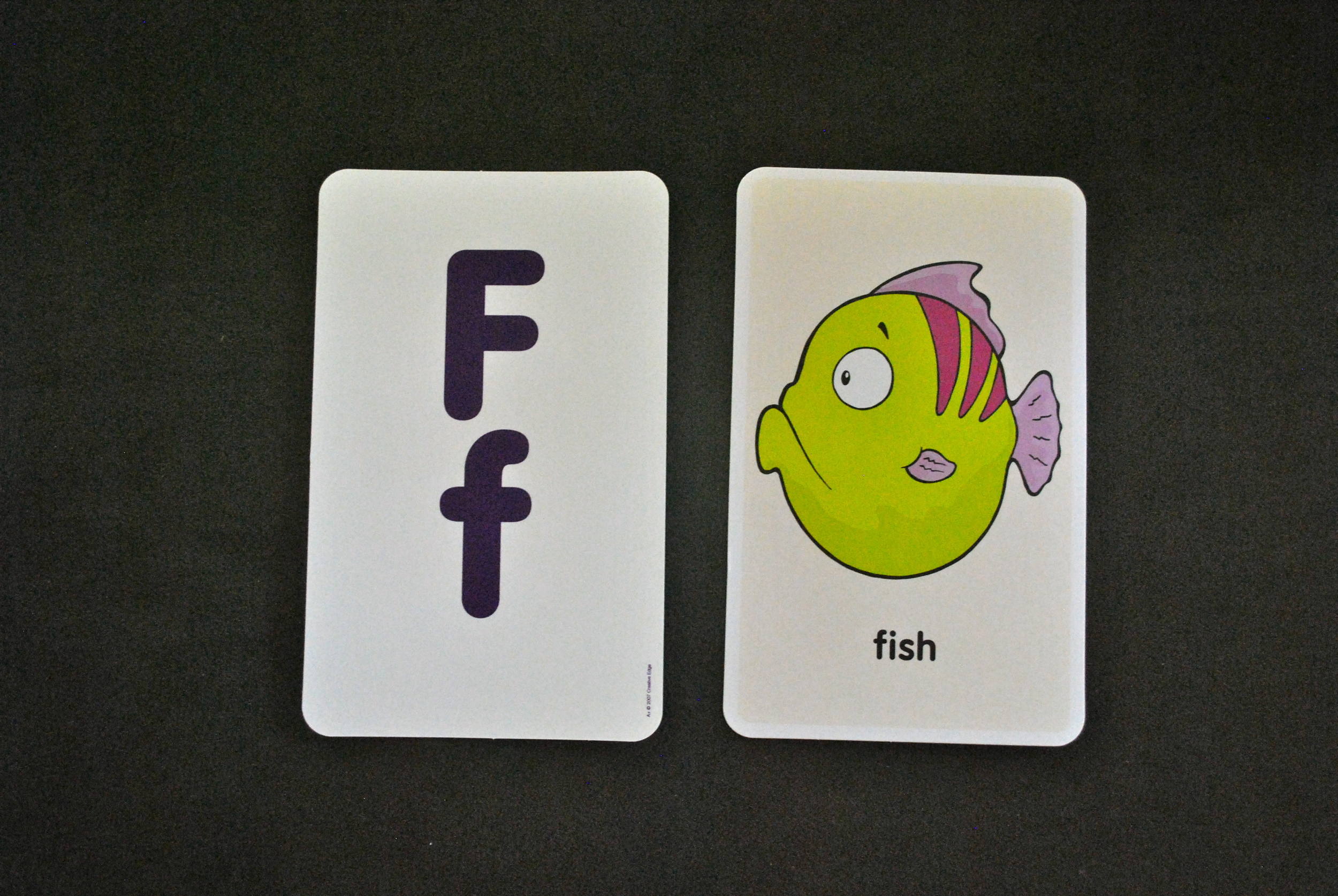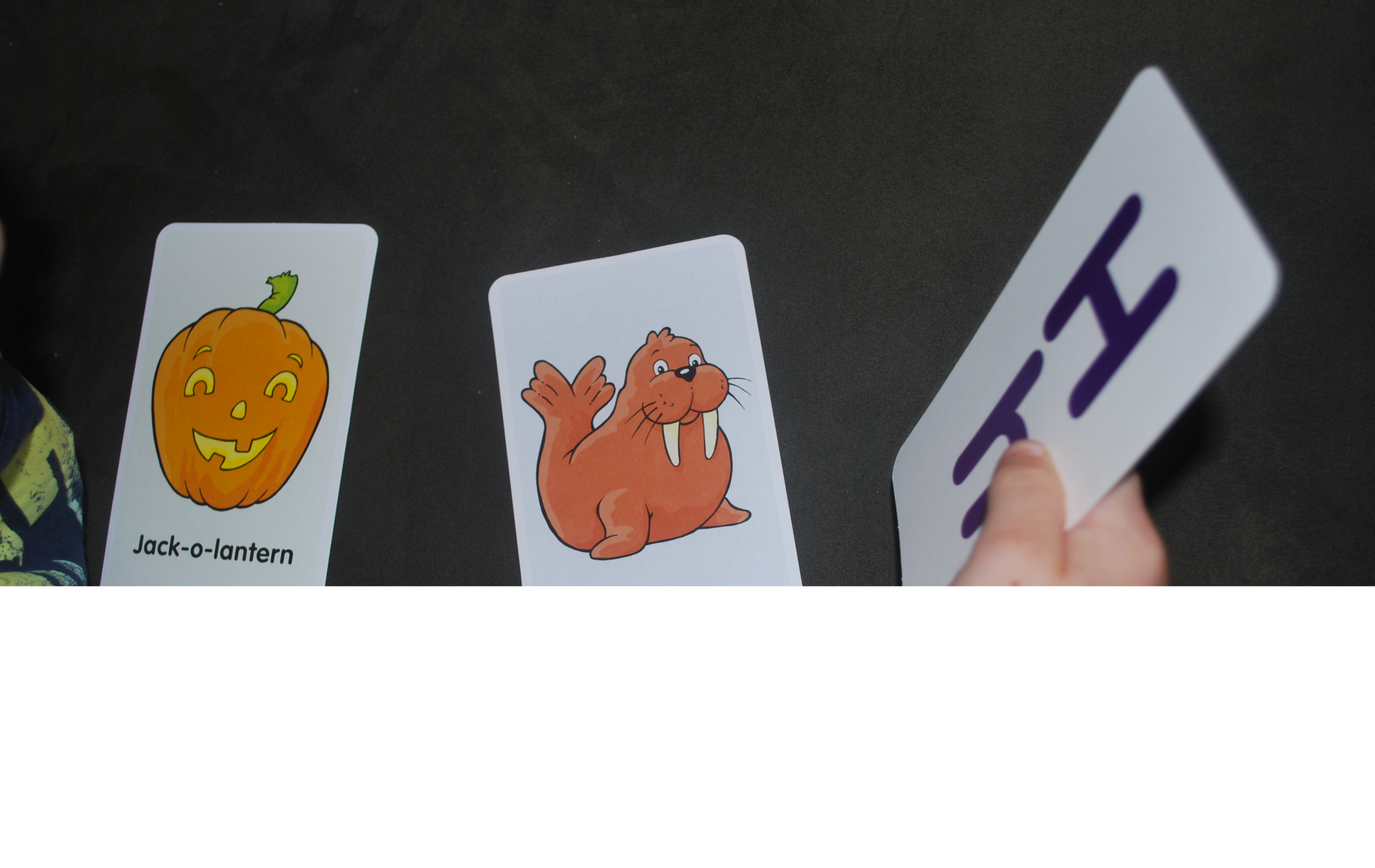Now I Know My ABC's
One of my first childhood memories at school was learning the alphabet. And when I say learning the alphabet, I mean learning the "ABC Song". I distinctly remember my first grade teacher, Mrs. Douglas, stopping the class when we were first singing the "ABC Song," correcting our lumped "elemenopee" and making us enunciate each letter individually "L-M-N-O-P". Learning the "ABC Song" in first grade? What? Yes, that was back in the 80s before No Child Left Behind and the Common Core Standards. Now in first grade you better know all of your upper and lowercase letters as well as their corresponding sounds, have a concept of word (matching spoken word to text), and have a strong sight word base of minimally 50 words. At least that's what my kindergarteners are expected to know by the end of the year. I'm not trying to freak you out, but I'm just being real. Are you thinking, will my child really know all of that by the end of kindergarten? The answer is yes, probably, all of the above and more.
My four year old son is leaps and bounds ahead of where I was at his age. Upon completing his 3-day a week 3 year old preschool program he knew how to sing the "ABC Song," identify over half of his uppercase letters and how to somewhat legibly write his name in addition to other basics such as numbers through 10, colors and shapes. I know what you're thinking, of course he knows all of these things, he's a teacher's kid. But honestly I don't work with him at all, except to practice his alphabet when he asks to "do his letters" and I suppose you could count all of the preliteracy skills I give him simply by reading him bedtime stories each night.
What do we do when we "do his letters?" We simply flip through a set of flashcards that he received as an end of the school year gift from his preschool teacher. They say $1.00 on the back so I'm guessing they are from a dollar store or the dollar bin at some retailer. His preschool teacher definitely got her dollar's worth on those. Not only has he played with them, but they've been bent and chewed on by his 16 month old little sister, who will undoubtedly know her letters by the time she's two.
They are nothing fancy, but contain cards for each of the 26 letters of the
alphabet with one side having the upper and lowercase version of the letter and
the other side having a picture and the word of something beginning with the
letter. Letters that have a lowercase letter looking completely different than the uppercase letter have an additional card with the lowercase letter by itself.
I like that the letters and pictures are separate because it forces my son to remember the actual letter rather than relying on a picture cue for support. Picture cues are fine in the beginning stages of learning the alphabet, but you want your child to be able to recognize the actual letter too. When being assessed on alphabet knowledge at school my students are given the letters in a random sequence to ensure that they are not simply memorizing a sequence or picture association.
Today we branched out beyond simple identification of the letters. We always begin by me flipping through the letter sides of the cards. If my son correctly identifies a letter, then I place it in a pile. If he doesn't know it, then I tell him the letter and put it in a separate pile. Today his response to unknown letters was "question mark". I asked him if that meant he didn't know and he said, "yep." He missed 6 letters today: S, C, F, D, W and Y. Usually by the time we finish this first run through he's had enough. But today I said, "Let's play a game." The word "game" is like magic on little kids. Anything from cleaning a room to Candy Land can become a "game" if you just put it in the right context. I put three cards from the 'didn't know' pile down and said, "Can you point to the D?" At first he pointed to the F, but then I said, "Is that the D?" and he laughed and said, "No!" Then he promptly pointed to the D.
Did he know it was really the D or was he taking a second guess? It doesn't really matter. Reinforcing the correct answer will hopefully help him remember the letter next time. I vaguely recall learning in college or while getting my Master's degree that children need to see something new 11 or so times before it's committed to their long term memory. Then again I could be completely making that up! Regardless, from my teaching experience, some children need to see things many times, in multiple different ways and some children just pick things up after seeing them one time.
Next I tried playing "I Spy" with the pictures on the front of the card. Warning: only play this game if your child has some knowledge of letter sounds. Honestly, I'm not sure how many letter sounds my son knows, but I know that he will sometimes ask what words start with and he knows what Mommy, Daddy, his name and his sister's name start with so I thought I'd give it a shot. I mixed up all the alphabet cards and placed the top three picture side up. There was a Jack-o-lantern, a walrus and a horse. I told my son the names of the pictures, never assume that they know, and I said, "I spy with my little eye a picture that begins with H." At first he said, "Pumpkin" and pointed to the Jack-o-lantern. I told you, never assume. I reminded him of the picture names and he picked up the picture of the horse and said, "H."
After playing this game for a few minutes I could tell that my son was
nearing the end of his "letter" practice. He said, "Mommy, I know a game
we can play." He put out 8 cards letter side up and started pointing to the letters and saying their names.
I thought, "Great! Look at him go." Then he started flinging the cards across the room. And that my friends was when I knew that "letter" practice was over. Bottom line, don't push but show interest when your child is interested and stop when they've reached their limit.




